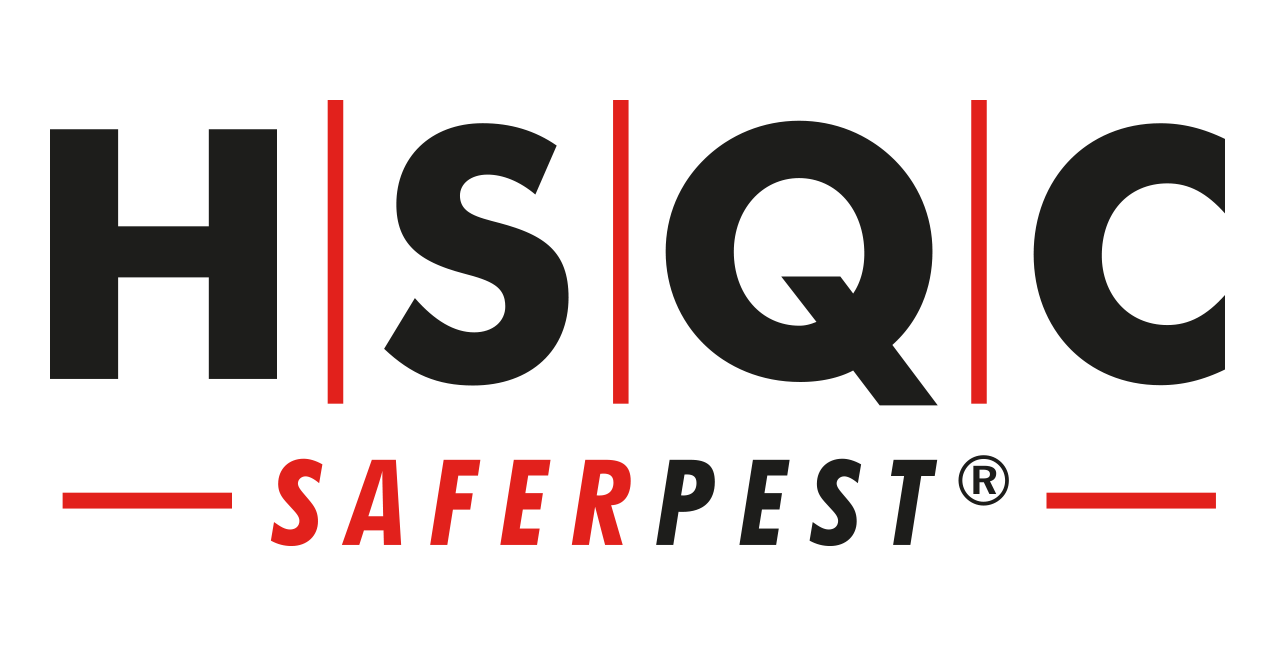HSQC SAFERPEST
Experts in Pest Control
HSQC SAFERPEST’S expertise in the field of Pest Management in the hospitality and food industry comes from the result of five decades of experience and practical application in the control of all forms of pests which affect the industry, including Rodents, Insects and Birds.
No company has more understanding of the dramatic and undesirable effects and impact that pests can have on our clients business. Protecting clients and their customers, against dangerous and disease carrying vermin, is our priority.
HSQC SAFERPEST not only control pests in our client premises but can help clients to identify and understand the behaviour of common pests, such as rats, mice, cockroaches, ants, wasps, moths, pigeons, gulls and flying insects. For our technicians know that a good client understanding is one of the most fundamental aspects in managing infestation issues effectively.
The HSQC SAFERPEST Management team underline their high standards of technical skill and expertise in the application of the latest science to the control of all pests. As a full and active member of the British Pest Control Association (BPCA) HSQC technicians are committed to a humane and professional approach to pest management at all times.
Some Pest Facts
The following are 4 of the most common pests we may find in buildings.
Black Rat & Brown Rat
A typical Black Rat (Rattus Rattus) can be 15-20cm long with a 20cm tail. Breeding starts as early as six weeks of age, producing one litter of up to 20 offspring a month until 2 years of age. The Bubonic Plague was not actually caused by rats, but by infected fleas that jumped off dead rats onto humans.
Cockroach
A typical Cockroach (Blatella Germanica) has 6 legs , and more than 18 knees, which help them to scale a variety of terrain, and move quickly to avoid capture and danger. It feeds off human and pet food, and can leave a horrible odour. It can even live for an entire week… without its head! It could actually survive longer, but for the fact that it has no mouth through which to drink water; so it finally dies of thirst.
House Fly
The Fly (Musca Domestica) has a well deserved reputation for uncleanliness. Many of man's primary diseases are transmitted by flies. Studies on common house flies have shown that each fly can carry more than 1,941,000 bacteria of their bodies. They live on average for 21 days, and are known to transmit enteritis and parasitic worms and are also associated with the spread of typhoid and cholera.
House Mouse
A group of mice is called a mischief. They will eat almost anything! The House Mouse(Mus Musculus) can transmit a disease called salmonellosis which is a bacterial food poisoning occuring when food is contaminated with infected mouse faeces. House mice can become pregnant within 48 hours of producing a litter (called Kittens or Pinkies), so its important to take action to rid your premises of mice.
Talk to us
Call 0208 747 8701
or send a message using the form below

